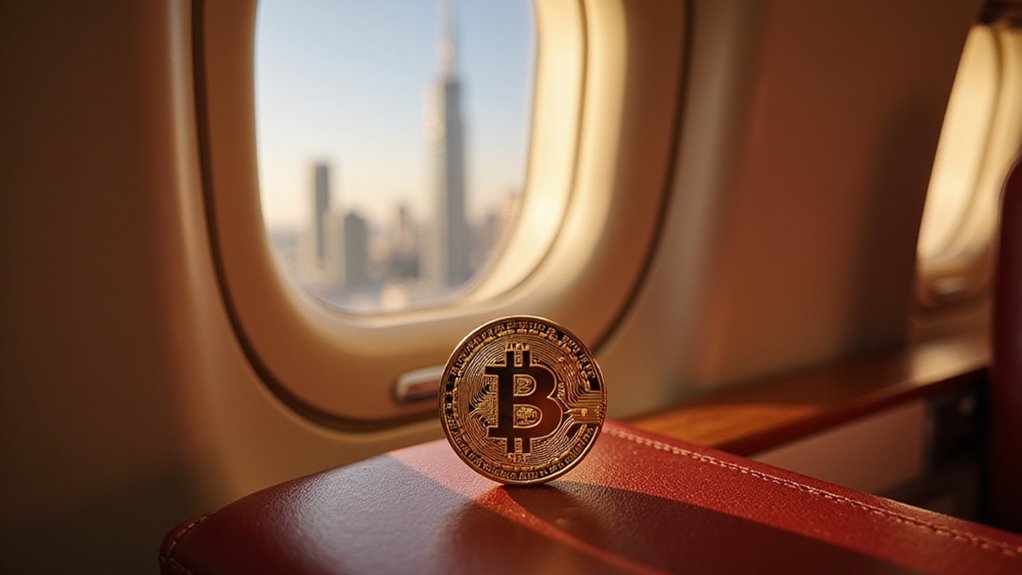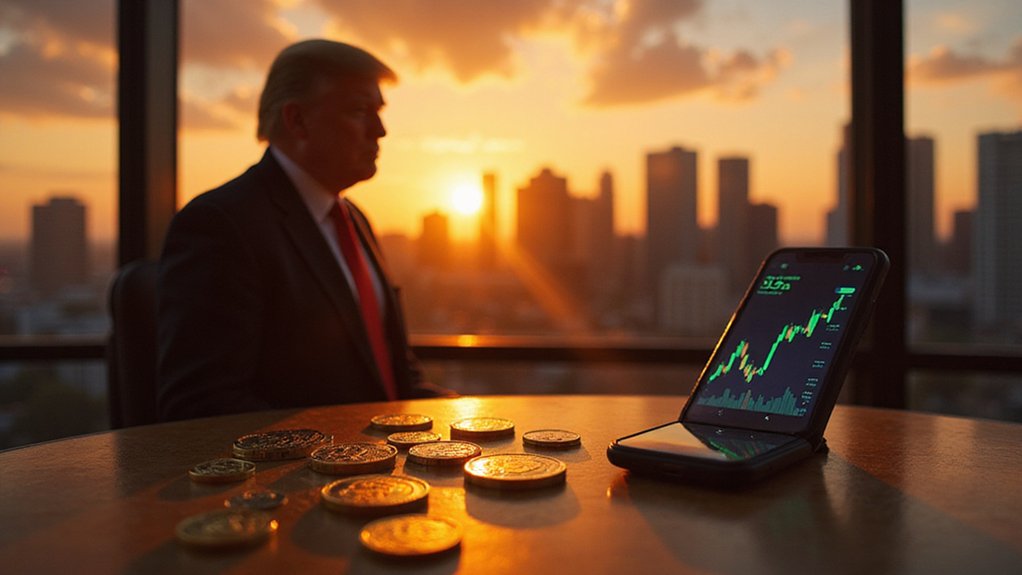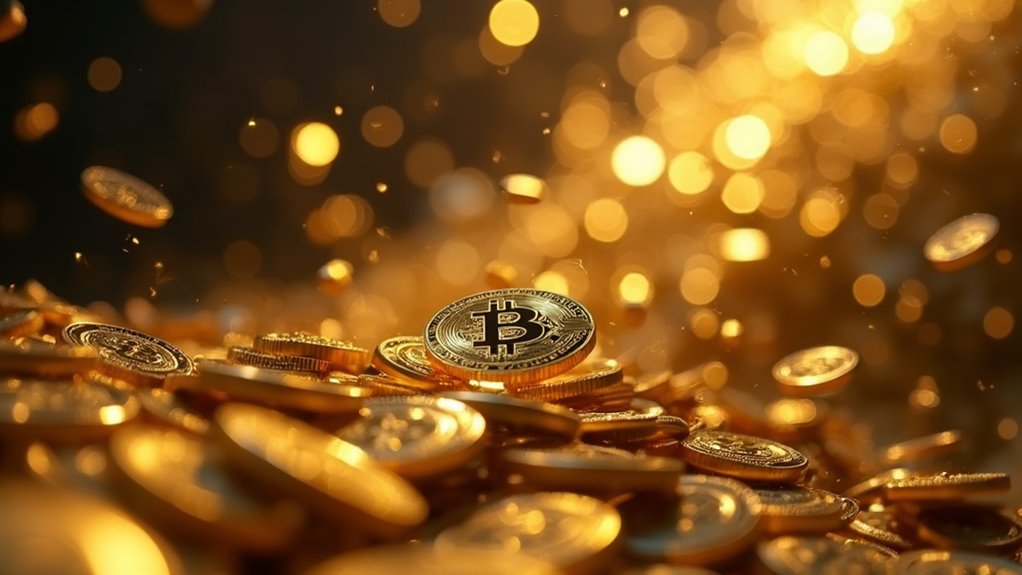While the cryptocurrency industry has developed an impressive talent for transforming the mundane into the revolutionary, tokenization represents perhaps the most pragmatic application of blockchain technology to emerge from the digital asset ecosystem. The prospect of converting real-world assets into digital tokens has captured institutional attention with remarkable intensity, particularly when considering that tokenizing merely 1% of global stock and bond markets could fundamentally reshape cryptocurrency utility beyond speculative trading.
Ethereum maintains its position as the infrastructure backbone for tokenization efforts, leveraging its established network effects and smart contract capabilities to serve as a settlement layer for regulated finance. The platform’s dominance in decentralized finance protocols creates a natural ecosystem for tokenized assets, though one might wonder whether its Layer 1 status will prove sufficient as transaction volumes inevitably surge beyond current capacity constraints.
Ethereum’s established infrastructure dominance in tokenization faces inevitable testing as transaction volumes threaten to exceed its Layer 1 capacity constraints.
Solana presents a compelling alternative through its Proof-of-History consensus mechanism, delivering transaction speeds and cost structures that make high-frequency trading of tokenized assets economically viable. Projects like Kraken’s xStocks demonstrate Solana‘s practical implementation potential, though the network’s occasional congestion episodes raise questions about scalability under extreme stress conditions.
XRP’s trajectory extends beyond its traditional cross-border payments domain, with Ripple‘s ambitious plans to tokenize $200 million in assets signaling institutional confidence in the XRP Ledger’s capabilities. The platform’s energy efficiency and low-cost structure appeal to institutions requiring high-volume transaction processing, assuming regulatory uncertainties surrounding the SEC lawsuit eventually resolve favorably.
Chainlink occupies a unique position as the critical infrastructure enabler, providing oracle technology that bridges real-world data with blockchain applications. Without reliable data feeds, tokenized assets remain isolated from the economic realities they represent—a rather fundamental requirement that smart contracts cannot fulfill independently.
The tokenization process involves a multi-stage approach where off-chain standardization ensures asset verification and legal documentation before blockchain integration occurs. The convergence of these platforms suggests that tokenization success will likely require specialized roles rather than winner-take-all dynamics. Ethereum provides institutional credibility, Solana offers operational efficiency, XRP delivers payment rails, and Chainlink guarantees data integrity. Together, they form an ecosystem capable of supporting the financial market transformation that tokenization promises, assuming regulatory frameworks evolve with similar pragmatism.









